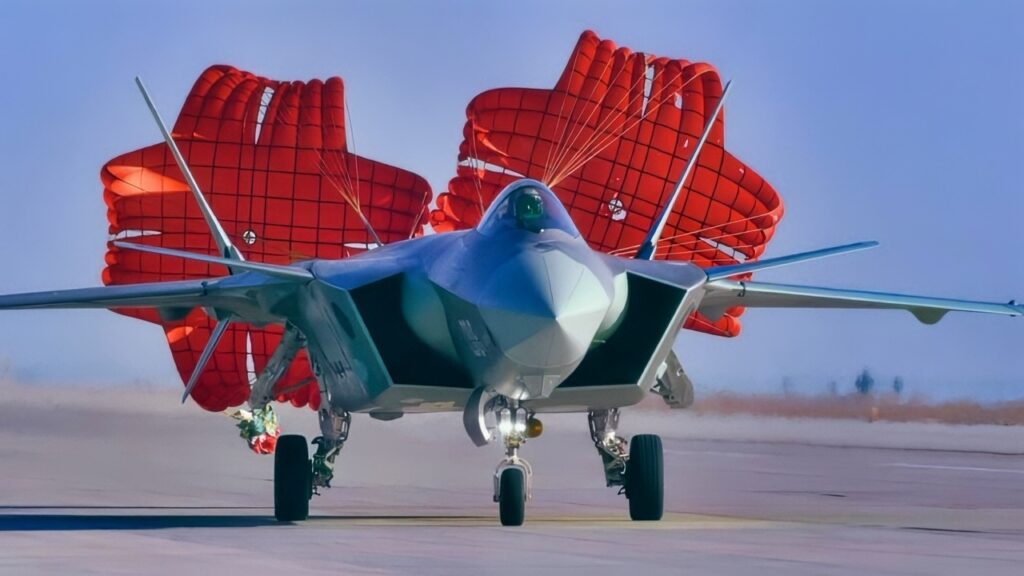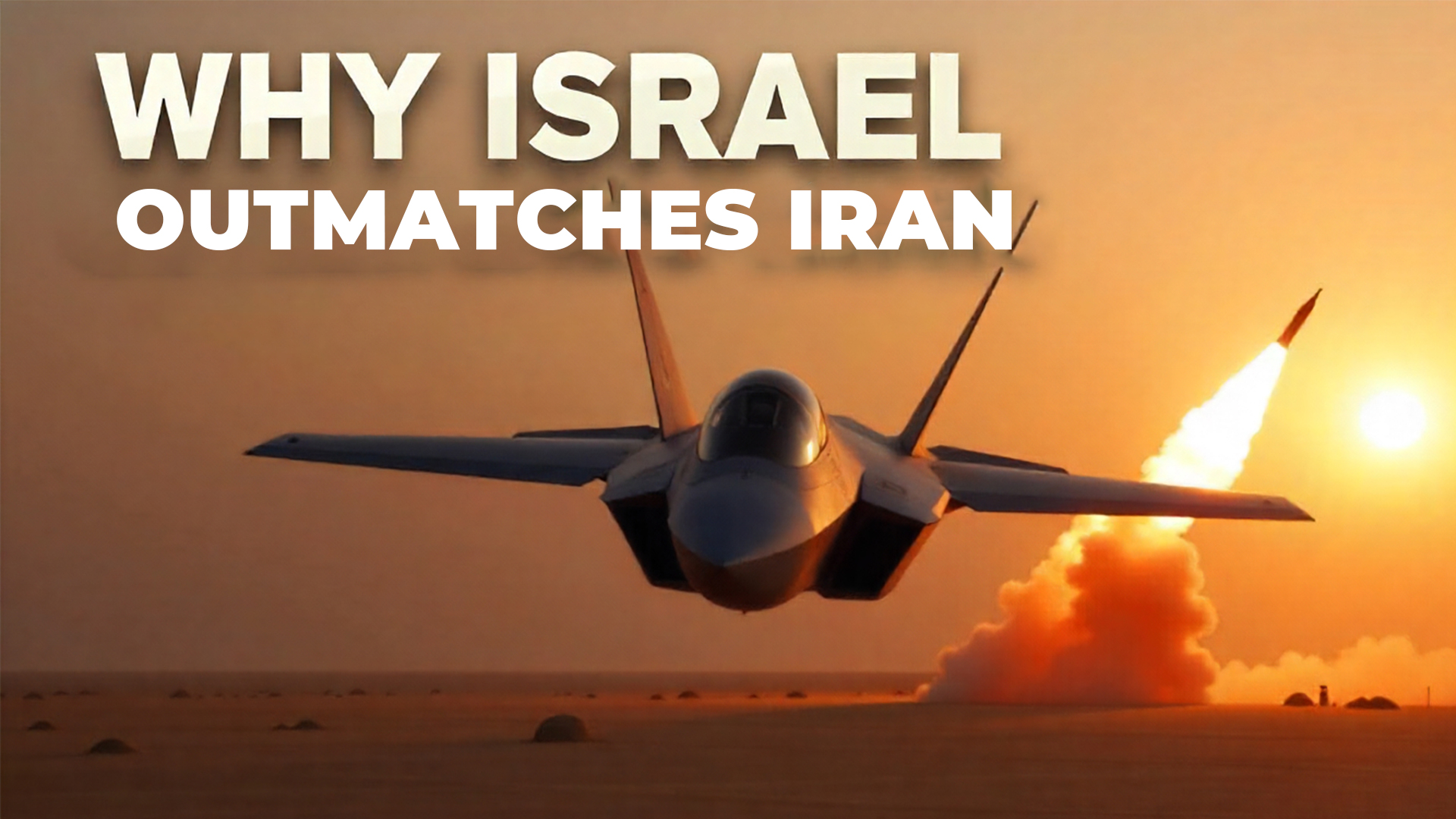China’s fifth-generation fighter jets, the Chengdu J-20 and Shenyang J-31 (also known as FC-31), represent significant strides in military aviation, positioning China as a formidable competitor to the United States’ premier fighters, the Lockheed Martin F-22 Raptor and F-35 Lightning II. These Chinese aircraft combine stealth, advanced avionics, and multirole capabilities to challenge American air dominance. This article explores the capabilities of China’s fifth-generation fighters, their strategic roles, and how they stack up against their American counterparts, drawing on publicly available information up to September 2025.
Rebranding the Pentagon as “Department of War” Signals a New Era of Military Posture
Chengdu J-20: China’s Stealth Powerhouse
The Chengdu J-20, dubbed the “Mighty Dragon,” entered service with the People’s Liberation Army Air Force (PLAAF) in 2017. Designed for air superiority and precision strikes, it is China’s answer to the F-22 Raptor, with growing multirole capabilities akin to the F-35.
Key Capabilities
1. Stealth Design: The J-20’s angular airframe, radar-absorbing materials, and internal weapons bays reduce its radar cross-section (RCS). While exact figures are classified, its stealth is estimated to be less refined than the F-22’s due to differences in coating technology and design maturity but competitive with the F-35 in certain aspects.
2. Supercruise and Maneuverability: Equipped with WS-10C engines (and reportedly WS-15 in newer variants), the J-20 can supercruise, sustaining supersonic speeds without afterburners. Its canard-delta configuration and thrust-vectoring nozzles enhance agility, rivaling the F-22’s maneuverability.
3. Avionics and Sensors: The J-20’s Type 1475 active electronically scanned array (AESA) radar offers robust target detection, comparable to the F-22’s AN/APG-77. Its electro-optical targeting system (EOTS) and infrared search-and-track (IRST) enable passive detection, similar to the F-35’s systems. Advanced sensor fusion provides situational awareness, though it may lag behind the F-35’s highly integrated data-sharing capabilities.
4. Weapons Systems: The J-20 carries long-range PL-15 air-to-air missiles (200+ km range) and precision-guided munitions like the LS-6. Its internal bays maintain stealth, but external hardpoints allow greater payload flexibility, mirroring the F-35’s multirole versatility.
5. Range and Endurance: With a combat radius of 1,500–2,000 km, the J-20 surpasses the F-22’s range (around 800 km) and matches or exceeds the F-35’s, making it ideal for long-range operations in the South China Sea.
Comparison with American Counterparts
• Vs. F-22 Raptor: The F-22 is the gold standard for air superiority, with superior stealth (lower RCS) and unmatched dogfighting agility due to its thrust-vectoring engines and mature design. The J-20’s larger size and longer range give it an edge in extended missions, but its stealth and engine reliability are less proven. The J-20’s PL-15 missile may outrange the F-22’s AIM-120D AMRAAM, potentially offsetting some disadvantages in beyond-visual-range (BVR) engagements.
• Vs. F-35 Lightning II: The F-35 excels in multirole operations, with advanced sensor fusion and network-centric warfare capabilities. The J-20’s air superiority focus and longer range make it a stronger competitor in BVR combat, but its multirole capabilities are less developed than the F-35’s, particularly in ground attack and electronic warfare. The F-35’s stealth is optimized across a broader spectrum, while the J-20’s stealth is more frontal-focused.

hina J-20 With Parachute. Image Credit: PLAAF.
Operational Role
The J-20 is primarily an air superiority fighter but increasingly supports precision strikes and intelligence gathering. Its deployments near Taiwan and the South China Sea signal its role in countering U.S. and allied forces, challenging the F-22’s dominance and the F-35’s versatility in contested environments.
Shenyang J-31/FC-31: The Export-Oriented Contender
The Shenyang J-31 (or FC-31 for export) is a smaller, less mature fifth-generation fighter developed for both domestic use and export, directly competing with the F-35 in international markets.
Key Capabilities
1. Stealth Features: The J-31’s blended-wing body and internal weapons bays reduce its RCS, though its stealth is less advanced than the J-20’s or F-35’s due to material and design limitations.
2. Engines and Performance: Powered by two RD-93 engines (with WS-13 variants in development), the J-31 lacks supercruise but achieves a top speed of Mach 1.8 and a combat radius of about 1,200 km, comparable to the F-35’s range.
3. Avionics: The J-31’s AESA radar and IRST system are less sophisticated than the F-35’s AN/APG-81 and Distributed Aperture System (DAS) but sufficient for modern air combat. Its data-linking capabilities support network-centric operations, though not at the F-35’s level of integration.
4. Weapons: The J-31 carries PL-12 air-to-air missiles and precision-guided munitions, with internal bays preserving stealth. Its payload capacity is lower than the F-35’s but adequate for multirole missions.
5. Export Potential: Marketed as the FC-31, it targets cost-sensitive nations like Pakistan, offering a cheaper alternative to the F-35, with comparable multirole capabilities.
Comparison with American Counterparts
• Vs. F-35 Lightning II: The F-35’s advanced stealth, sensor fusion, and global support network give it a clear edge. The J-31’s lower cost (potentially half the F-35’s $100 million+ price tag) and decent multirole performance make it attractive for smaller air forces, but its avionics and stealth lag behind. The F-35’s extensive software ecosystem and interoperability with NATO systems further widen the gap.
• Vs. F-22 Raptor: The J-31 is not a direct competitor to the F-22, as it prioritizes multirole flexibility over air superiority. Its performance is closer to fourth-generation fighters in dogfights, making it less capable against the F-22’s specialized design.
Operational Role
The J-31 is designed for air defense, ground attack, and potential carrier-based operations, with a focus on export markets. It aims to compete with the F-35 by offering a budget-friendly fifth-generation option, expanding China’s influence in regions like the Middle East and South Asia.
Strategic Implications
China’s fifth-generation fighters challenge U.S. air dominance, particularly in the Indo-Pacific. The J-20’s long-range and stealth capabilities threaten U.S. air superiority, potentially neutralizing the F-22’s edge in regional conflicts and complicating F-35 operations in contested airspace. The J-31’s export potential could shift global defense dynamics, equipping smaller nations with near-fifth-generation capabilities and reducing reliance on Western suppliers.
Challenges and Limitations
China’s fighters face several hurdles when compared to their American counterparts:
• Engine Technology: The J-20’s WS-15 engine is improving but lags behind the F-22’s F119 and F-35’s F135 in reliability and thrust. The J-31’s engines are even less advanced, limiting performance.
• Stealth Maturity: U.S. stealth technology, refined over decades, outperforms China’s in radar-absorbing coatings and manufacturing precision.
• Combat Experience: The PLAAF’s limited operational experience contrasts with the U.S. Air Force’s extensive combat history, impacting real-world effectiveness.
• Export Barriers: The J-31 faces geopolitical challenges, as many nations prefer the F-35’s proven track record and NATO compatibility.
Conclusion
China’s J-20 and J-31 represent significant advancements in fifth-generation fighter technology, challenging the U.S. F-22 and F-35 in distinct ways. The J-20’s air superiority and long-range capabilities make it a formidable rival to the F-22, while its evolving multirole features compete with the F-35 in regional theaters. The J-31, though less advanced, offers a cost-effective alternative to the F-35, targeting export markets. While technological and operational gaps remain, China’s continued investment in these platforms signals its intent to reshape air combat dynamics. As the J-20 and J-31 mature, they will increasingly test American air dominance, particularly in the Indo-Pacific.
Note: This article is based on publicly available information and estimates as of September 2025. Specific technical details, such as exact RCS or engine performance, are classified and subject tospeculation.





